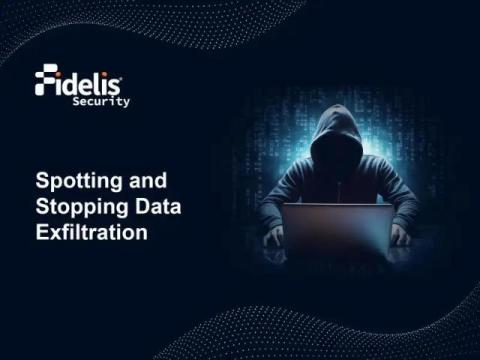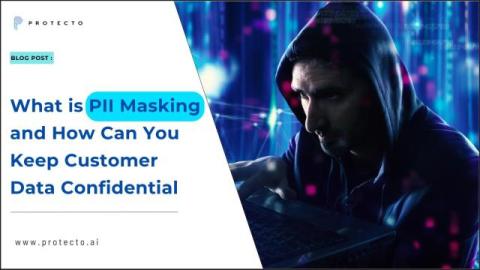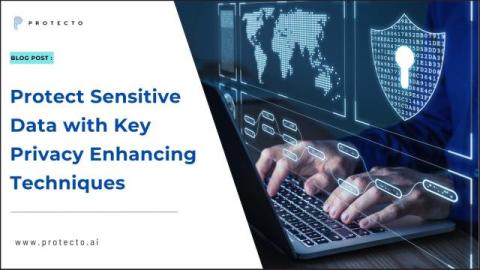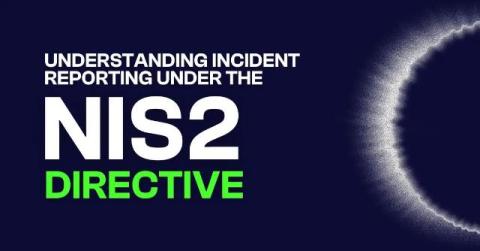It's Time to Press Play on the AI Pause: Data Security Insights for a New Era
This past summer was the first time I watched the Olympics since moving to the U.S. Besides appreciating the sheer greatness of the American Olympic spirit, there was also another thing that could not go missed - AI! Filling up every commercial slot seemed to be AI. And mainly, the commercials focused on harnessing AI for business productivity and operations. No matter your take on the greatest Olympic moment or greatest AI commercial, one could not overlook this overwhelming trend.











